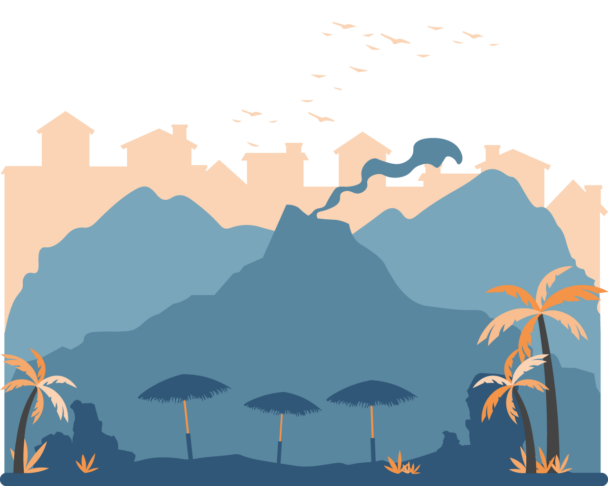Description
Targeted to B2 speakers or above. Read more »
At the B2 CEFR level, learners understand complex texts, both concrete and abstract, and engage in fluent and spontaneous interactions with native speakers. They can produce detailed texts, presenting viewpoints on a wide range of subjects and considering different options.
Do you find it difficult to integrate content into your lessons? Are you teaching your subject in a foreign language? Is creating and delivering lessons in a language that is not your students’ mother tongue challenging for you?
If you answered yes to any of these questions, CLIL (Content and Language Integrated Learning) is definitely for you. It is a method for designing lessons that integrates activity design specific to second language teaching and learning with content from either academic or non-academic subjects.
This course will teach you how to use CLIL effectively in any subject area at secondary school. We have chosen to discuss, in English, the academic subjects of Science, History, Geography, and the Arts but these methods can be applied to any domain using any foreign language.
Thus, as a teacher of either an academic subject or a foreign language, you will be exposed to many concrete examples of creating content-driven lessons in a foreign language that are fun and engaging.
Through individual, pair, group, team, and whole-class work and discussion, participants will experience firsthand how CLIL promotes interdisciplinary learning using the four skills (reading, writing, listening, and speaking).
They will also learn how to select appropriate and already prepared content for second language learners and become capable of creating new content for classroom use with authentic materials from the real world of native speakers.
In addition, course participants will learn how to scaffold content knowledge and language learning and adapt their activities according to students’ abilities and needs.
At the end of the course, participants will return to their schools with renewed enthusiasm, ideas, strategies, and activities to integrate into their course curricula for successful and motivating CLIL lessons with their secondary school students.
*We recommend this course if you already have some previous knowledge about CLIL.
Suggested English Proficiency Level: ADVANCED
What is included
Learning outcomes
Participants in the course will learn to:
- Feel at ease with teaching an academic subject in a foreign language (e.g., English);
- Use stimulating materials from the real world of native speakers to enhance the learning of a foreign language;
- Design learning activities focused on specific learning objectives in language and content;
- Modify already prepared activities from a textbook, turning them into creative and engaging activities;
- Create an inclusive classroom environment where learning is fun and engaging;
- Engage students in collaborative and communicative activities appropriate to their level.
Tentative schedule
Day 1 – Course introduction & getting to know CLIL
Course introduction
- Introduction to the course, the school, and the external week activities;
- Icebreaker activities.
Getting to know CLIL
- The CLIL methodology: an introduction;
- CLIL challenges from both the academic subject and language teachers;
- Getting started – sharing knowledge and CLIL and Content-Based course experiences;
- Presentations of the participants’ schools.
Day 2 – Focus on science
- Discussion and reflection on movie trailers and film clips;
- Critical thinking about current events, famous scientists, and authentic and already prepared materials from both reading and listening texts.
Day 3 – Focus on history
- Analysis and comparison, using role plays and movie trailers;
- Preparing comprehension questions;
- Famous Florentines;
- Pair and group work;
- Discussion and sequencing events;
- Biographies, well-known players in history.
Day 4 – Focus on geography
- Readings and listening;
- Covering explorers, biographies, and quotes;
- Teamwork, class discussion;
- Interactive activities;
- Textbook materials;
- Incorporating differentiation;
- Tips for activities outside of the classroom;
- Resources.
Day 5 – Focus: Art in Florence
- Art and artists in Florence, Italy;
- Relevant topics on current themes, incorporating games and puzzles, interviews, and news clips;
- Final reflections and sharing tips for places to visit that relate to the day’s theme.
Day 6 – Course closure & excursion
- Course evaluation: round-up of acquired competencies, feedback, and discussion;
- Awarding of the course Certificate of Attendance;
- Excursion and other external cultural activities.







